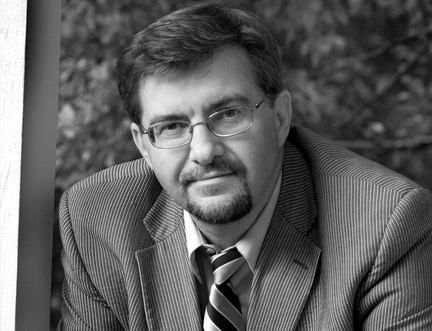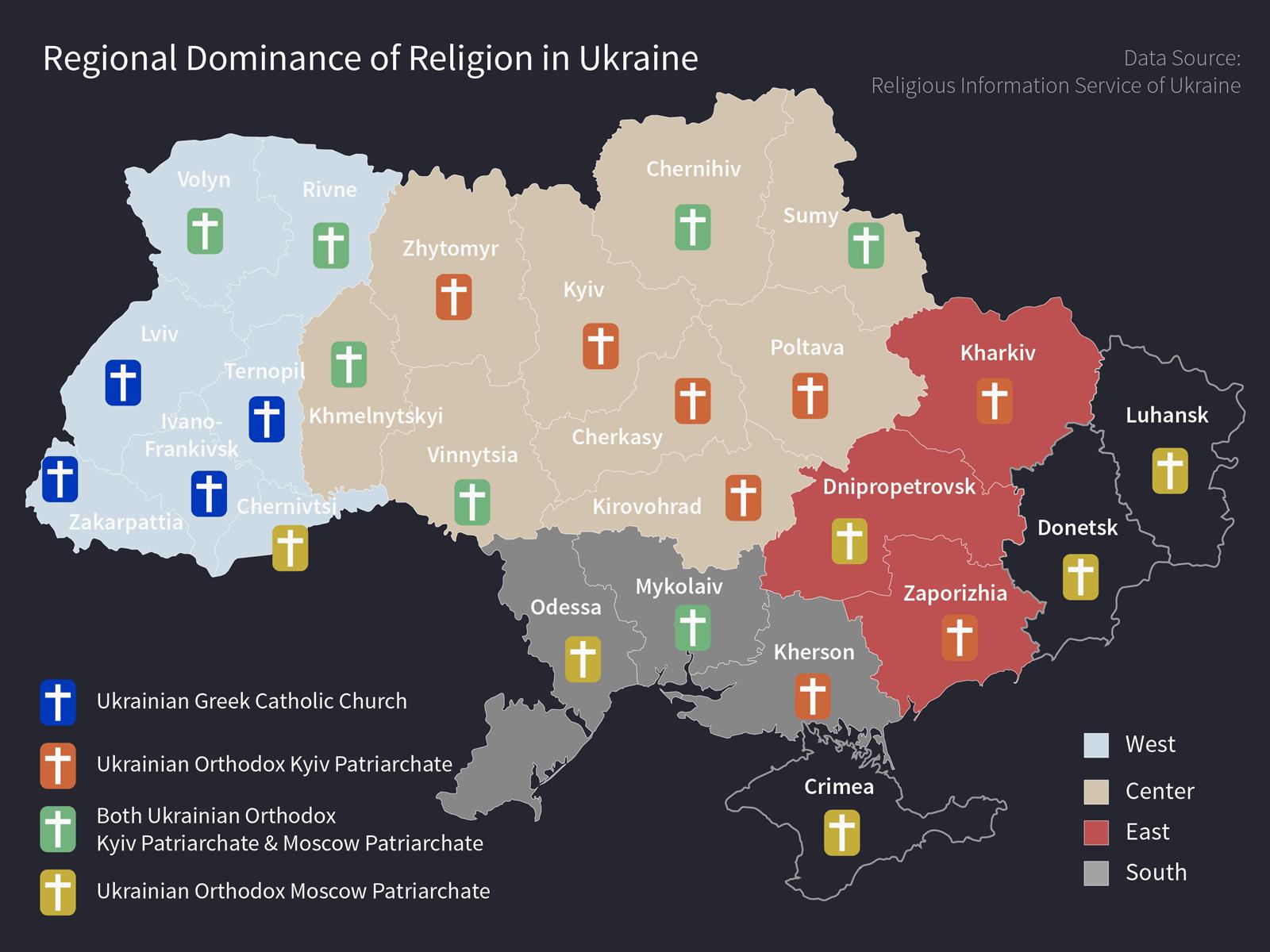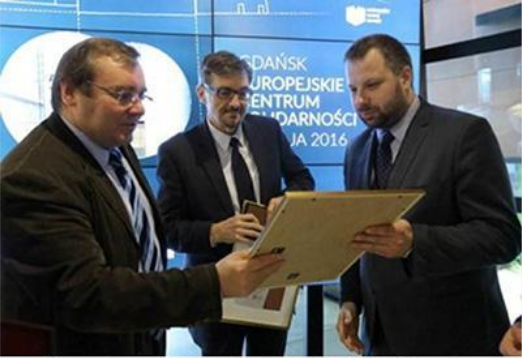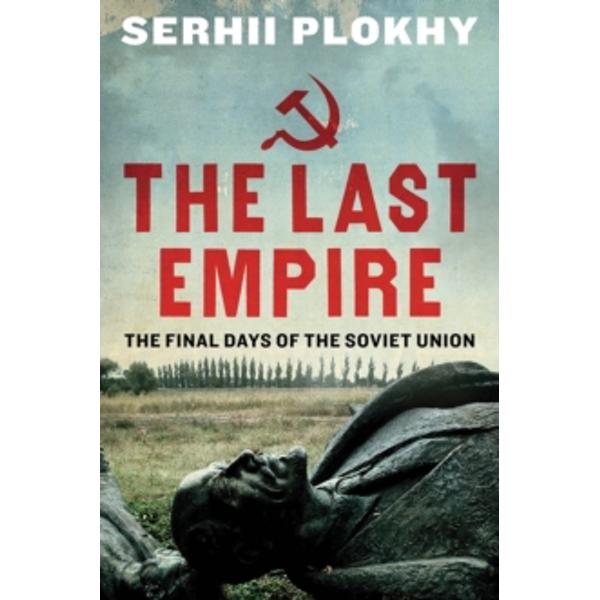What caused Ukraine’s crisis? What role does history play in these events? What sets Ukrainians apart from Russians? Who has the right to Crimea and to eastern Ukraine? Why do Ukrainian actions have major international repercussions? These are the questions Serhii Plokhii, renowned Ukrainian-American historian, asks and answers in his new book The Gates of Europe. Lying on the frontier of Europe, Ukraine has been a turbulent country throughout its history and safety has forever been an issue, even in centuries before the Mongol invasion of 1240.
A strong and independent Ukraine has always served to protect European lands, while Ukraine oppressed by Russia has always been a source of Russian and Soviet blackmail for Europe.
“For the first time since 1991, there is a clear benchmark, a clear majority among our electorate regarding the orientation towards Europe...Before there were two groups [pro-Russian and pro-European] in the equilibrium of constant competition with each other. There is now a majority.”He goes on to say that Russian culture in Ukraine becomes the minority, after a long period of Imperial and Soviet dominance. Plokhii emphasizes that this was not the case before the war.
"I am part of a campaign of historians in the public space," says Plokhii, describing the evolution of Ukrainian self-identity. “If before,” he says “my books were printed in Ukraine only if I contributed funds, nobody asked me to fund The Gates of Europe...I feel today more or less like a normal historian of Ukraine who does not have to pay for his texts to be distributed. It testifies to changes in society.”
To help clarify this shift in self-perception, Ukrainians needed an independent historical narrative—one not influenced by Imperial or Soviet propaganda.
Serhii Plokhii is a Ukrainian-American historian, specializing in the history of Ukraine. He is a professor of Ukrainian history at Harvard University and the director of the Harvard Ukrainian Research Institute. He is probably the only Ukrainian who writes his books about Ukrainian history in English for foreign audiences and then translates them into Ukrainian.


Two frontiers in Ukraine
Geographic and ecological, as well as cultural elements have had a stronger long-term impact on geopolitics in Ukraine than any other factors. As a result, there are two frontiers that have influenced Ukrainian self-identification - the physical terrain between the Eurasian steppes and the east-European forests, and the religious divide between Eastern and Western Christianity.

Although a territorial borderline between the steppes and forests is no longer recognized, the social and cultural differences between the deep-rooted agricultural settlements of the north and the industrial cities of the south remain. Moreover, the current hostilities by the Russians — annexation of Ukraine’s Crimea and war in the Donbas — echo the ancient adversities on the frontier of the Wild Fields.

Ukraine-Rus and Muscovites
If Ukraine is the gateway to Europe, then what is Russia? This is a tricky question. On the one hand, European history cannot be considered without including Russia. On the other hand, Russia was always different and hardily proclaimed — and still proclaims — its difference. In this matter, Serhii Plokhii refers to Larry Wolff, a historian specializing in the history of Eastern Europe. Wolff points out that Russia has made overtures to Europe at certain times in its history, but isolated itself entirely at other times — positioning itself as having interest and influence in Europe, yet setting itself apart.Russian-Ukrainian relations are dominated by the struggle for the metaphorical keys of Kyiv

 The struggle between Ukraine and Russia for Kyiv reaches back to the 12th century, when the northern and southern kings of the Rus fought for prominence. The battle for the legacy of ancient Rus continued into the 18th century.
The struggle between Ukraine and Russia for Kyiv reaches back to the 12th century, when the northern and southern kings of the Rus fought for prominence. The battle for the legacy of ancient Rus continued into the 18th century.
Russians were always known as Muscovites up until the rule of Tsar Peter the Great, in the 18th century. Ukrainians were known both as Ukrainians and Rusyny.
- Read also: Rename Russia “Muscovy,” some Ukrainians say
Russian mercenaries and volunteers came to the Donbas, ostensibly to protect the values of the "Russian world" from the “attacks of the West.” In this context, they sought to portray Ukraine as a battleground between decadent Western attitudes and purist Russian beliefs.
- Evil empire revives in Putin’s regime and FSB methods of “fighting terrorism”
- The mystery of how Kyivan Rus shaped early Christianity in Norway
- Anna of Kyiv, the French Queen from Kyivan Rus
- Ukrainian conflict is between ‘heirs of Kyivan Rus’ and ‘heirs of Golden Horde’

